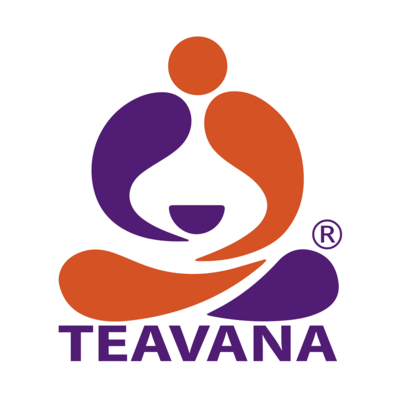What is Disintermediation?
The process of disintermediation involves cutting down various intermediaries in a supply chain with the aim to reduce cost, save time and improve the overall productivity of a process. To disintermediate, simply put, means to “cut the middlemen” out of any supply chain.
Here, the practice of disintermediation cuts down brokers, retailers, distributors, or any other third party from a transaction cycle, supply chain, or even a decision-making process. In practice, disintermediation will allow the end-users to directly connect with the maker without having to deal with an intermediate party.
This is a stark contrast from the traditional supply chain stages, where distribution channels naturally include many intermediaries. The process of disintermediation will eliminate these third-party contributors. So now manufacturers can deal with consumers, investors can directly buy stocks without involving a broker and businesses can connect with end-users.

How does Disintermediation work?
We have earlier discussed a traditional supply chain distribution model that is set in five main stages - the suppliers, manufacturers, distributors, retailers, and consumers. After disintermediation, the modified supplied chain will most likely have 3 main entities - the suppliers, manufacturer, and the buyer connected by a direct distribution system.
Although this example is valid for manufacturing systems it’s not a one size fit for all supply chains. There are many different disintermediation business models that exist in different sectors. The main idea here points to the elimination of intermediaries; like in the above example are distributors and retailers, who don’t directly add value to the end product and only work as means for distribution.
Origin of Disintermediation
The earliest origin of the term disintermediation can be traced back to the 1960s in the financial industry. The investors for the very first time had the opportunity to buy stock, bonds, and other financial assets without involving a broker or a bank.
The investors could finally invest in financial products that produced better returns rather than have their savings accumulated in a checking account. The world of financial markets went through disintermediation then, which is when the term was first commonly used. Today this term has extended beyond financial markets and is being used by all sectors.
Disintermediation in the 21st Century
Internet-led Disintermediation
The internet is at the heart of the modern disintermediation wave. The business-to-consumer model commonly known as B2C has brought forth a new frontier of retailing and sales practiced directly via the internet.
This has direct consequences on the incurred cost and the overall lead time. Customers can buy a variety of products directly from the wholesaler at lower prices. This is possible because of the cellular electronic devices powered by the internet that connect everyone with a click of a button.
The new business model is a disruptive innovation making it increasingly difficult for the traditional model to compete in the same marketplace.
Disintermediation and Just in Time Manufacturing
In supply chain management, the adoption of lean manufacturing and the corresponding just-in-time manufacturing is a form of disintermediation. The core principle of lean manufacturing aims to weed out all the non-value-adding entities in a process to improve productivity. This at its crux is disintermediation which helps optimize inventory and improve logistics.
Cryptocurrency and Disintermediation
Another example of disintermediation is the decentralized cryptocurrencies that eliminate banks or monetary authorities from monitoring money transactions. The transaction of cryptocurrency is strictly peer-to-peer enabled by blockchain technology.
Key Takeaways
Below we have summarized the key pointers discussed in the above sections.
- Disintermediation is the process of removal of middlemen in a supply chain.
- The process is carried out to decrease overall distribution costs and increase profit margins.
- The term originates from the 1960s financial industry when investors first began to invest directly into stocks.
- The Internet has been a major proponent of the modern disintermediation wave.
- There are both positives and negatives to disintermediation, so the process should be employed with discretion.





 Entrepreneurship
Entrepreneurship








